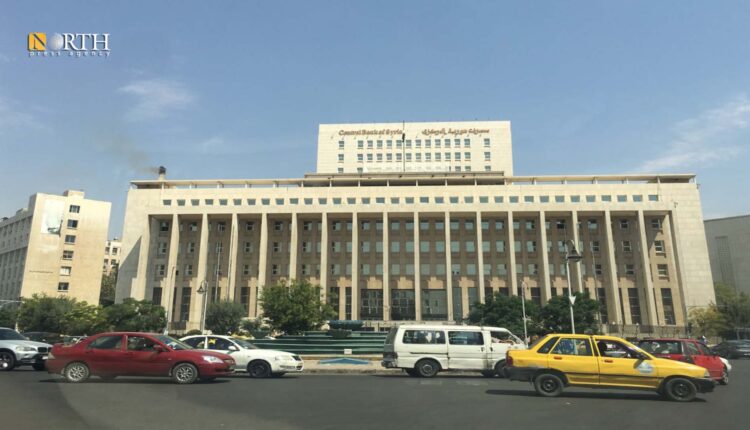By Norman al-Abbas
DAMASCUS, Syria (North Press) – Syria’s Central Bank is preparing to implement a managed float policy for the Syrian lira, according to a recent announcement by Central Bank Governor Abdelkader Hosariya. The move is intended to reduce currency volatility and curb the dominance of the black market in foreign exchange trading.
But what does a managed float mean—and can it succeed in bringing stability to Syria’s fragile currency?
What is a managed float?
Ali Kanaan, Dean of the Faculty of Economics at the University of Damascus, explained to North Press that global exchange rate systems generally fall into two categories: managed (or dirty float) and free (or clean float) exchange rates.
In a managed float system, the central bank intervenes in the currency market by buying or selling local currency when exchange rates rise or fall sharply, with the aim of maintaining stability in the value of the national currency. This, in turn, contributes to broader economic and price stability.
Kanaan added that both models are recognized by the International Monetary Fund (IMF). In a clean float system, exchange rates are determined solely by market forces—supply and demand—without direct central bank involvement.
Given Syria’s current economic circumstances, Kanaan argued that a managed float is necessary. This would allow the Central Bank to sell U.S. dollars when the lira strengthens excessively or buy lira when it weakens, thereby maintaining a stable fluctuation margin.
According to IMF guidelines, stable economies are allowed a fluctuation margin of 2.5 percent, while developing countries may be granted up to 4.5 percent.
Kanaan emphasized that such a policy supports national economic interests, particularly in terms of imports and exports. He warned that sharp currency fluctuations—often driven by speculators—disproportionately harm low- and middle-income populations. Speculators can manipulate the market by injecting large amounts of lira to buy dollars and then halting transactions to drive up prices again, undermining household savings in the process.
He clarified that this kind of central bank intervention is not legislative but a form of monetary policy used to keep exchange rates within internationally accepted margins and to stabilize the broader market.
A “conditional positive step”
Mohammad Qouqas, a third-year economics student at the University of Damascus, described the decision to move toward a managed float as a “positive step—especially if implemented under a well-studied plan.”
He told North Press that persistent fluctuations in the exchange rate—fueled by certain merchants and informal money changers—have undermined investor confidence in Syria’s already fragile business environment.
Damascus resident Hamza Qureish echoed this sentiment, stating, “The exchange rate is completely unstable—one day it is 8,500 [SYP], the next it is 9,000, changing within hours.”
He added that such instability disrupts market activity, stalls production, and obstructs economic recovery—at a time when stability is urgently needed. Qureish called for decisive action against black-market money changers.
Hiba Darwish, an economics student in Damascus, observed that the black market predates the current crisis, as residents have long turned to unofficial currency exchanges when the street rate exceeded the official one.
She said that central bank intervention would encourage people to trade through formal channels, improving the bank’s liquidity. She welcomed the shift toward a managed float, calling on universities to better prepare economics students to track market trends and respond to future developments.
While many experts view a managed float as a potentially effective tool to regulate exchange rates, its success will depend on a clearly defined implementation plan, ongoing market monitoring, and the enforcement of strict controls on unofficial currency trading.

